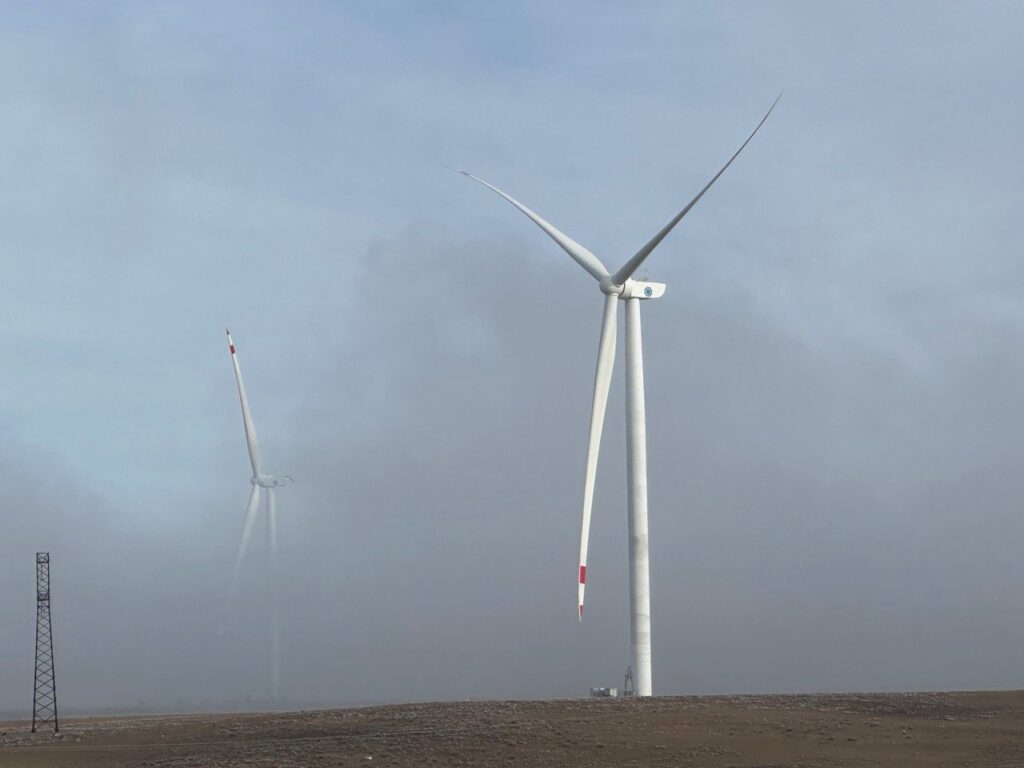Green Energy as a New Driver of Uzbekistan’s Economy
At a government meeting chaired by President Shavkat Mirziyoyev on February 28th, it was announced that in 2024, Uzbekistan will produce 13 billion kilowatt-hours of green energy via hydro, wind, and solar power plants, to generate 15% of the country’s electricity. For decades, natural gas, oil products, and coal have fuelled Uzbekistan’s electricity but in recent years, the country’s natural gas has severely depleted. In 2023, Uzbekistan registered a reduction in the production by more than 4.5 billion cubic meters, necessitating the need to import natural gas from Russia through Kazakhstan. Official statistics also recorded a decrease in the country’s oil production. At yesterday’s meeting, it was stated that the country’s potential for solar and wind energy is 10-12 times higher than the current demand for electricity. In response, the government has launched major programs to create green energy with attractive packages for investors. To date, the renewable energy sector has attracted $2.1 billion in direct foreign investment enabling the implementation of projects worth $13 billion. Solar and wind power plants are currently under construction across the country, with nine solar and wind power plants with a total capacity of 1.6 gigawatts already launched in Bukhara, Jizzakh, Kashkadarya, Navoi, Samarkand, and Surkhandarya. Rooftop solar panels with a total capacity of 457 megawatts have also been installed in commercial, public, and residential buildings. When combined, these new measures produce an additional 5 billion kilowatt-hours of green electricity to the national grid and save 1.5 billion cubic meters of natural gas. President Mirziyoyev confirmed that the government has commissioned the following to be completed over the next three years: 28 solar and wind power plants with a total capacity of 8 gigawatts, 944 kilometers of high-voltage power lines, six large substations and 18 energy storage facilities with a total capacity of 2.2 gigawatts. He also emphasized that apart from the obvious benefits to the environment, the sector’s demand from local enterprises for solar panels, transformers and other related products has resulted in green energy becoming a new driver of the national economy.

